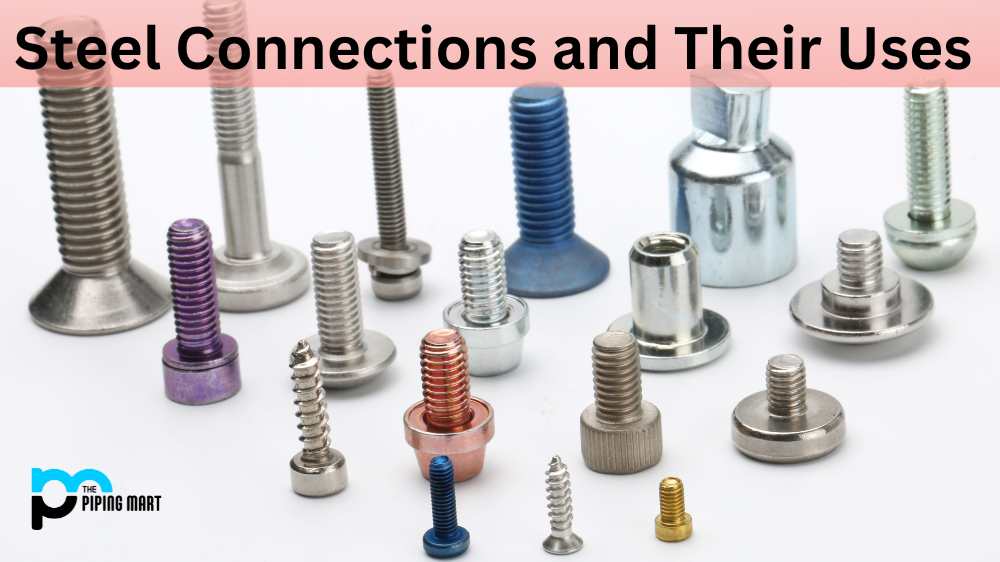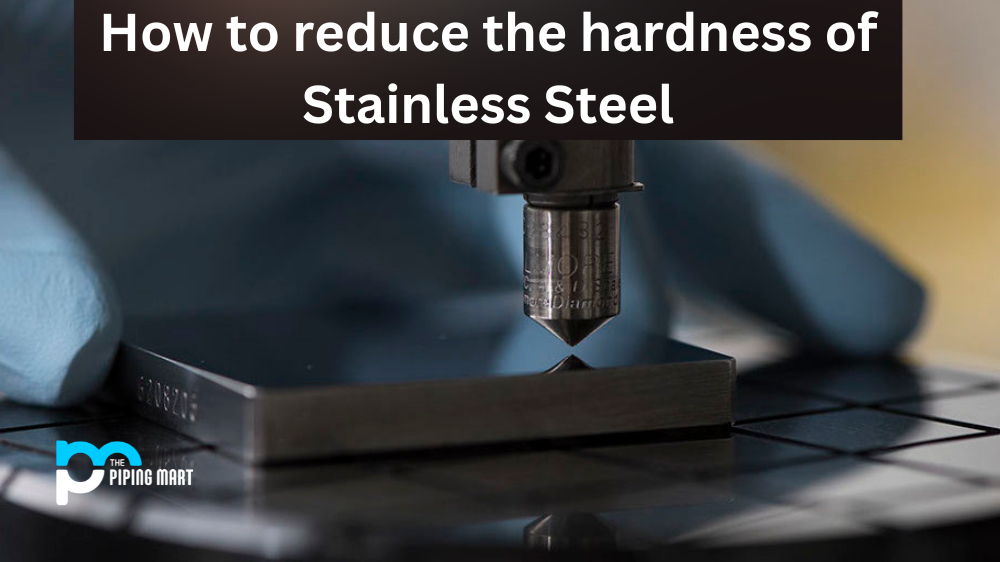Structural steel connections are integral parts of any steel structure. They are used to join two or more members together in order to create a stable and secure connection. There have been many different types of steel connections developed over the years, each designed for a specific purpose. Let’s take a look at some of the most common types of steel connections and how they can be used.
What is steel connections?
Steel connections are essential components of modern structures, and come in many different varieties for different purposes. Steel connections include things like rivets, bolts and welds and connect two or more steel members together. They can also be used to join steel and other materials such as bricks or concrete blocks. The strength of a steel connection is determined by the type of joint it forms, and proper installation is key if these joints are to function properly. Many factors must be taken into account when selecting the right type of connection, such as the type of load to be transferred, stiffness requirements, structural system design plans and assembly specifications. With the correct planning and installation of steel connections used in construction, modern structures can withstand tremendous amounts of stress while remaining safe for inhabitation.
Types of steel connections
Welded Connections
Welded connections are one of the most popular types of steel connections used today. Welding is done by heating metal parts until they become molten and then joining them together by pressing them together. Welding is very strong and requires no extra support or bracing to maintain its strength. It is also relatively easy to do, making it an ideal choice for many different applications.
Bolted Connections
Bolted connections are another common type of steel connection that has been around for centuries. A bolted connection is made by literally bolting two members together using heavy-duty bolts and nuts. This type of connection is very strong, but it does require additional support or bracing in order to maintain its strength, as the bolts can sometimes loosen over time.
Riveted Connections
Riveted connections are similar to bolted connections in that they use rivets instead of bolts and nuts to hold two members together. Rivets provide a very strong connection, but they require extra support or bracing as well due to their tendency to loosen over time. Riveting is also much slower than welding or bolting, so it’s usually reserved for larger projects where speed isn’t as important as strength and longevity.
Lapped Connections
Lapped connections are slightly different from the other types mentioned above in that they don’t use any fasteners at all; instead, two overlapping plates are welded together along their edges in order to form a strong bond between two members. Lapped connections are generally used when space is limited or when other fastening methods cannot be used due to environmental conditions such as moisture or corrosion buildup on the surfaces being joined together.
Manganese Steel uses
- Steel connections are used in a variety of applications, including bridges, buildings, and other structures.
- Steel connections are often used in prefabricated buildings, as they provide a strong and durable connection between the various parts of the structure.
- Steel connections can also be used in bridges, as they are able to withstand the high loads that are placed on them.
- Steel connections are also used in a variety of other structures, such as transmission towers and sign support structures.
- Steel connections are an important part of many construction projects, as they provide a strong and durable way to connect various parts of a structure.
- Steel connections can be made in a variety of ways, including welding, bolting, or riveting.
Conclusion
Whatever your structural steel needs may be, there is likely a suitable connection type available for you! From welded, bolted, riveted, lapped – each has its own unique advantages and disadvantages, which should be weighed carefully before deciding which one best fits your project needs. With careful consideration, you can ensure that your structure will remain sound and free from failure due to improper connections!

Pipingmart is a B2B portal that specializes in metal, industrial and piping items. Additionally, we share the latest information and information about materials, products and various types of grades to assist businesses that are involved in this business.




